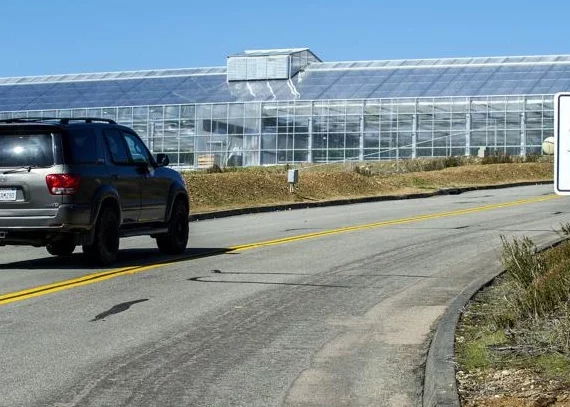
Forbes: What Would Federal Cannabis Legalization Look Like?
By Lewis Koski, COO, Metrc
While cannabis is legal for medical or adult-use in 36 states and 4 territories, it’s still classified as an illegal, Schedule I drug at the federal level. As a response to these varied political frameworks, states have defined their own respective paths for governing cannabis and the industry has become one of the most nimble sectors in the United States today.
The conversation around federal legalization is gaining momentum and has Americans on the alert for what it might look like in its initial form. On one hand, the conflicted status of cannabis in America makes policymaking challenging for state and local governments, and oftentimes can put undue burden on patients and consumers. On the other hand, federal legalization could disrupt existing state frameworks and leave local and tribal concerns unresolved.
Our nation’s capital has had one of the more challenging paths towards legalization. Washington, D.C.’s regulated industry is a microcosm of how cannabis policy is impacted by the federal government’s engagement in legalization. When D.C. passed an adult-use legalization initiative in 2014, Congress put language in its Appropriations bill to all but prohibit the District from setting up its own legal cannabis market. Congress was able to maneuver this because, as a federal territory, D.C.’s funding comes from the federal budget that Congress controls.
D.C.’ s relationship with the federal government adds ambiguity to its cannabis framework that otherwise is not present in state programs. And President Biden recently doubled down on the restriction to keep it from establishing legal, adult-use cannabis sales. What this means in practice is D.C. is unable to fully tax and regulate its voter-approved program. Instead, the gap in federal policy forces it to operate in a confusing “gifting economy,” putting the burden on consumers to discern what is safe to consume and which businesses and brands to trust.
Federal legalization could make local oversight easier in D.C. It could also allow for states – and D.C. – to implement their own regulatory schemes and give the District more support from Congress during the budgeting process. Overall, District officials estimate they’re missing out on up to $20 million in revenue each year.
Federal legalization could help alleviate some of the confusion for Native American tribes that legalized cannabis in states including California, North Carolina, South Dakota, and Washington. In 2014, the U.S. Department of Justice released the Wilkinson memo, which calls for the protection of cannabis businesses on tribal lands from federal prosecution in the same way that states are treated. However, it is not an enforceable law and doesn’t fully solve for how tribal lands should participate in existing state frameworks.
In states such as California, tribal nations are concerned that participating in the regulatory licensing program could amount to waiving their sovereignty. And in South Dakota, the Oglala Sioux nation legalized adult-use cannabis on its land and is currently setting up those regulations, all while the state fights to strike down its voter-passed adult-use cannabis program.
Legalization is also creating interest in how cannabis gets transported between states and to other countries. Current state regulations become more complicated the moment you step off dry land. And prohibition of interstate commerce means moving cannabis products – even between locations where its legal – is illegal.
In other words, any U.S. location that must be reached by air or sea – such as Alaska, Hawaii, or even the ferry from Massachusetts to Martha’s Vineyard – puts patients and consumers at risk of prosecution because those open spaces are under federal jurisdiction. In 2019, Hawaii Governor Ige even vetoed a bill which would authorize patients to transport their medical cannabis between islands. And between the U.S. and Canada, the border is under the purview of U.S. Customs and Border Control, which has already made clear it’s “the nation’s first line of defense in preventing the illegal importation of narcotics, including marijuana.”
Until the federal government provides a clear stance on cannabis, the gap in policy will continue to complicate legalized state programs. In the meantime, it will be fascinating to follow the various interests and nuances that need consideration in what federal cannabis legalization looks like.
Also published at: https://www.forbes.com/sites/lewiskoski/2021/06/30/what-would-federal-cannabis-legalization-look-like/?sh=6561a2397fed
